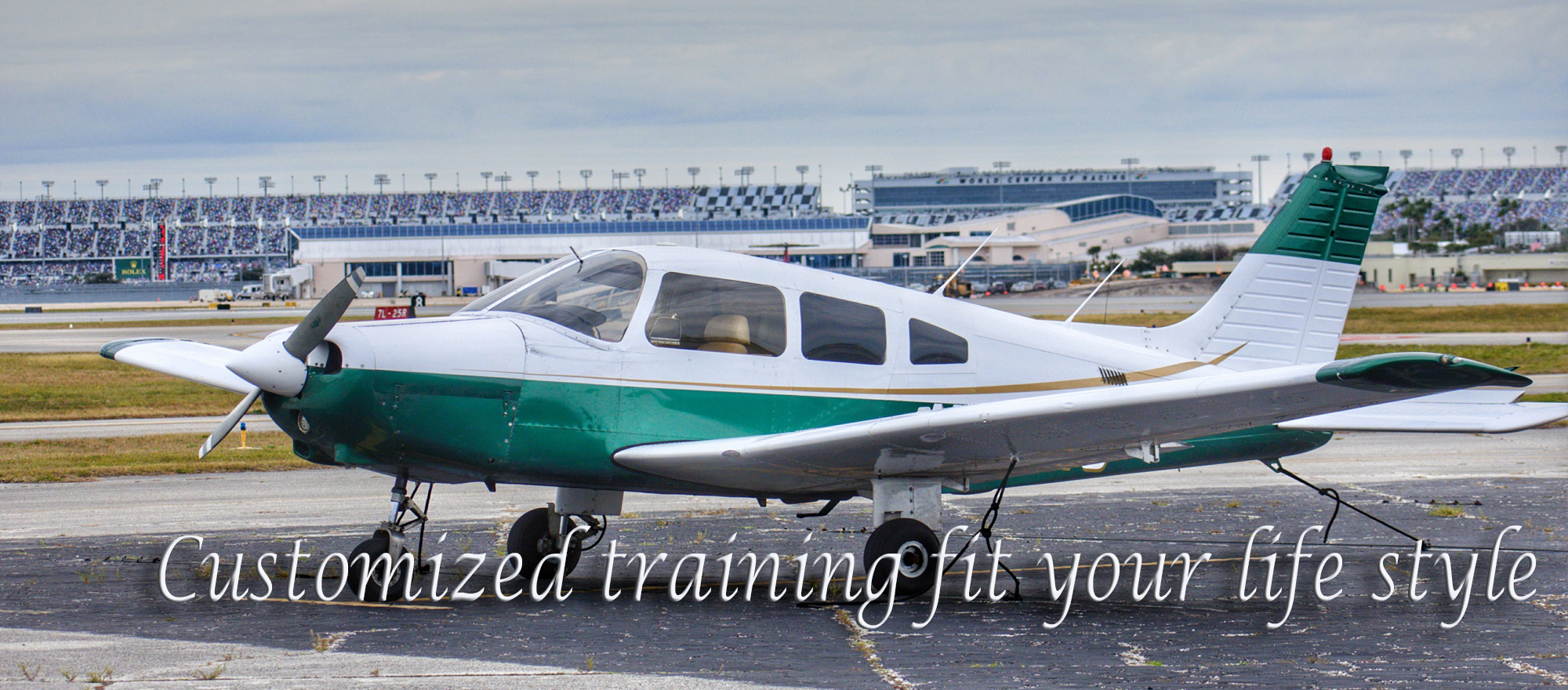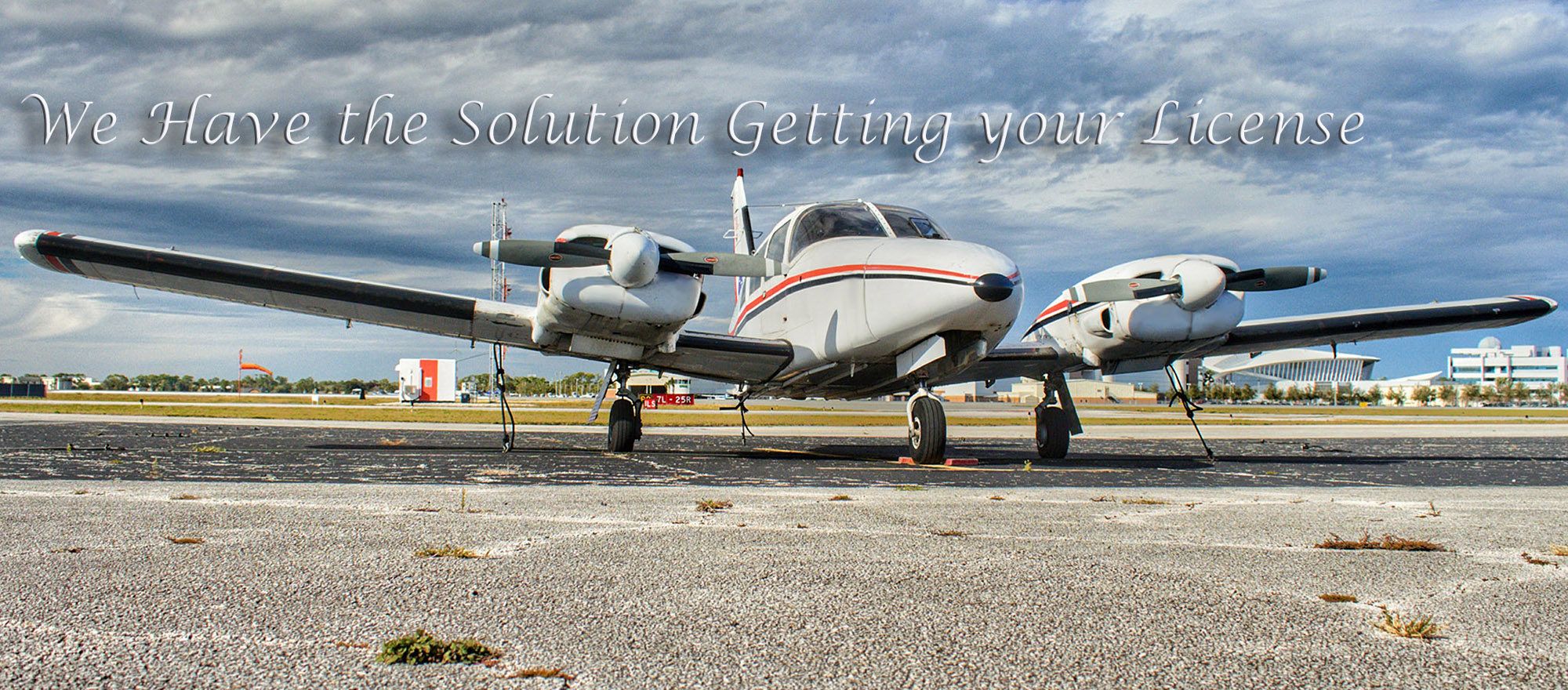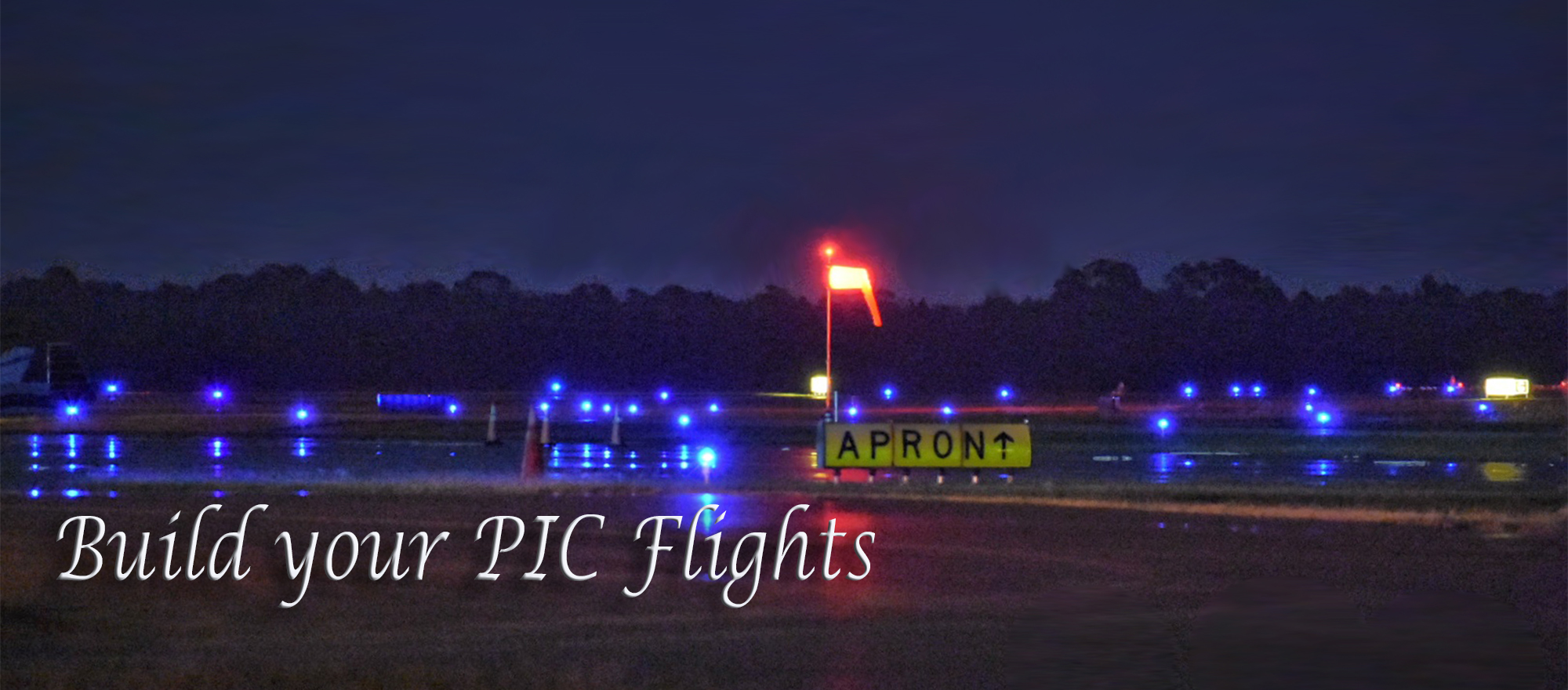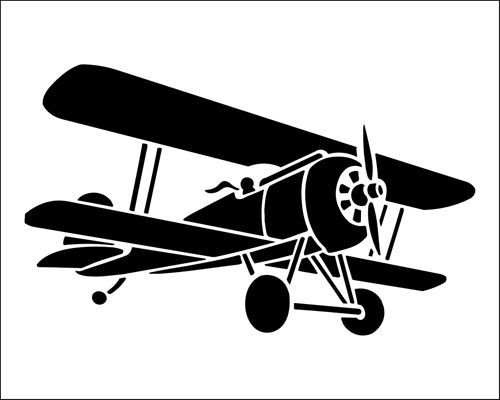Slow Flight and Stalls, Mastering Low and Slow
Mastering Low and Slow: A Pilot's Guide to Slow Flight and Stalls
For pilots, venturing into the realm of slow flight and stalls may seem counterintuitive. However, mastering these maneuvers builds essential skills and fosters a deep understanding of your aircraft's capabilities and limitations. This guide equips you with the knowledge and techniques to approach slow flight and stalls with confidence and safety, whether you're a seasoned aviator or a student pilot seeking to refine your piloting instincts.
Understanding Slow Flight:
Slow flight is the art of operating the aircraft at its minimum controllable airspeed. While seemingly simple, it requires precise control inputs and a heightened awareness of your surroundings.
Why Practice Slow Flight?
There are several benefits to mastering slow flight:
- Landing Proficiency: Slow flight techniques form the foundation for smooth and controlled landings.
- Stalling Awareness: Practicing slow flight helps pilots recognize the signs of an impending stall and develop corrective actions.
- Low-Speed Maneuvering: Understanding slow flight allows for better handling in emergency situations like strong crosswinds or limited landing areas.
The Art of Maintaining Low and Slow:
Here's what pilots need to focus on during slow flight:
- Maintaining Airspeed: Precise control of engine power and pitch attitude is crucial for staying just above the stall speed.
- Increased AOA (Angle of Attack): Slow flight requires a higher angle of attack to maintain lift, but exceeding the critical angle can lead to a stall.
- Heightened Situational Awareness: Be mindful of wind shear, turbulence, and wake turbulence from other aircraft, which can significantly impact slow flight performance.
Stalls Explained: Recognizing the Limits
A stall occurs when the wing can no longer generate enough lift to maintain altitude due to an excessive angle of attack. Understanding stall characteristics is crucial for safe flight.
Types of Stalls:
There are various types of stalls, each with its own characteristics:
- Wing Stall: The most common type, affecting one wing first, usually the wing farthest from the aileron used to correct a rolling tendency.
- Power Stall: Caused by a sudden reduction in engine power at low airspeed, without maintaining sufficient pitch attitude.
- Aft Stall: Occurs at a high angle of attack with excessive elevator input, forcing the wing beyond its critical angle.
Recognizing Stall Warnings:
Your aircraft will provide various stall warnings before a full stall occurs:
- Buffeting: A vibration felt through the aircraft controls due to airflow separation over the wings.
- Stall Horn: An audible warning that activates as the aircraft approaches stall speed.
- Decreased Aileron Effectiveness: Reduced ability to control roll due to decreased airflow over the ailerons.
Recovering from a Stall:
If a stall occurs, the key is to react promptly and smoothly:
- Reduce Angle of Attack: Lower the nose of the aircraft using the elevator to regain airspeed and normal airflow over the wings.
- Add Power (if Airspeed is Low): Gradually increase engine power to accelerate the aircraft and restore lift.
- Maintain Aileron Control: Even with reduced effectiveness, maintain coordinated aileron inputs to prevent excessive rolling.
Beyond the Basics: Refining Your Skills
Understanding slow flight and stalls paves the way for further development:
- Slow Flight Maneuvers: Practice slow flight exercises like turns and stalls with recovery to enhance low-speed handling skills.
- Crosswind Landings: Mastering slow flight techniques is crucial for safe landings in crosswind conditions.
- Emergency Procedures: Understanding how to handle a stall during takeoff or approach is essential for pilot proficiency.
Remember: Slow flight and stalls are important maneuvers for pilots to understand and practice. By approaching them with respect, proper technique, and a focus on maintaining safe airspeeds, you'll transform yourself from a basic pilot to an airman with a deep understanding of your aircraft's capabilities. So, the next time you train, don't shy away from slow flight and stalls – embrace them as valuable opportunities to build mastery and confidence in the skies.













